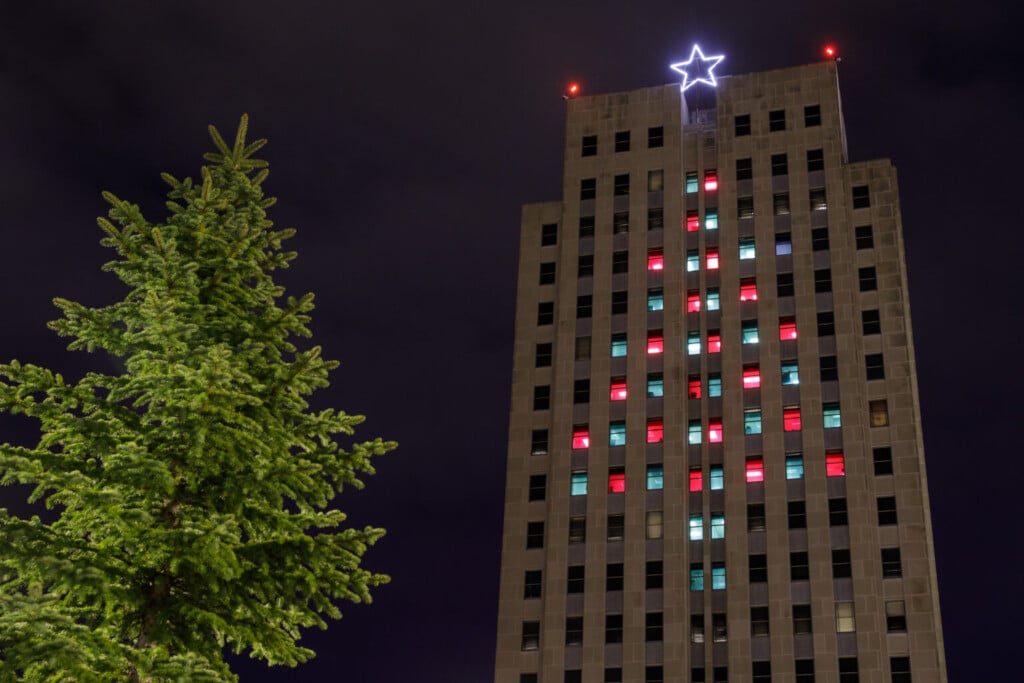Pollinator Gardens Spring Up Around the Metro To Attract Birds, Bees, Butterflies
gardens are also at Orchard and Heritage Hills parks
FARGO, N.D. — Usually people try to avoid bugs but the Fargo Park District and Lake Agassiz Kiwanis Club are trying to get their attention instead.
Now the organizations are getting all kinds of critters to beautify the metro.
A tiny field at Mickelson Park in Fargo was once a space for weeds to grow.
“It wasn’t being used by the local area. Not to mention our native pollinators: bees, butterflies, other insects, aren’t doing well. Bees are not as strong in their population as they have been. The monarch butterfly is a notable one. That’s a 90 percent population loss in the last 30 years,” said Tom Brummer, president of Lake Agassiz Kiwanis Club.
To put the land to some good use, a pollinator garden now sits in its place.
“A pollinator garden is basically a collection of plants and some shrubs that attract bees and butterflies and different types of birds and other flying insects as well to help pollinate our plants and other flowers throughout the area,” said Dave Bietz, operations director with the Fargo Park District.
An effort to help out our ecosystem and beautify the area is also bringing a community closer.
“To be able to harvest your own vegetables and to teach others and to teach children how to grow a vegetable garden and where their food comes from and how important that is,” said Pauline Economon, one of many volunteers who helped plant the garden.
Those donating their strength and their sweat into the garden, the land is giving them a sense of ownership.
“When this comes in full bloom, it is going to be fabulous to come here, go for a walk with your children or your friends and to just look at the butterflies and check out the caterpillars. And like I said, it’ll help develop those friendships,” Economon said.
The Fargo Park District also has pollinator gardens at Orchard and Heritage Hills parks.
Although they don’t have an exact location for the next garden, the organization does plan to keep putting more pollinators into the neighborhoods.






